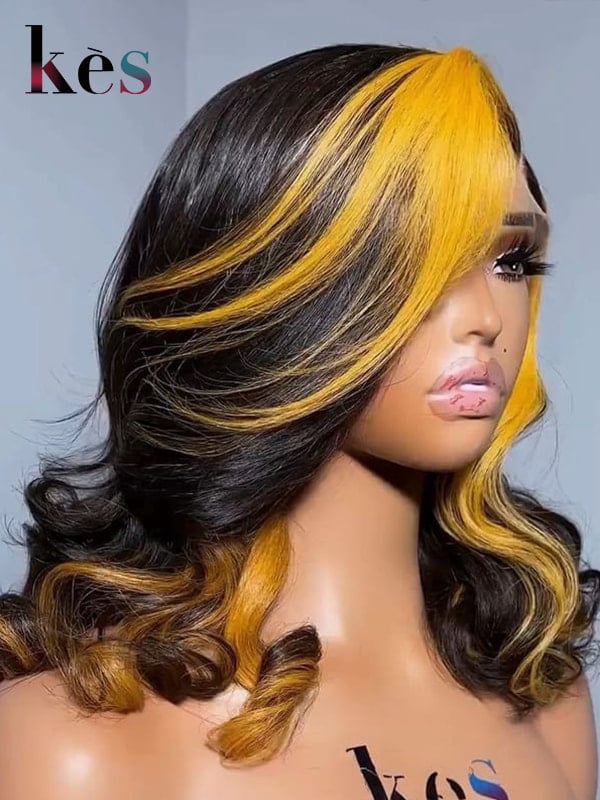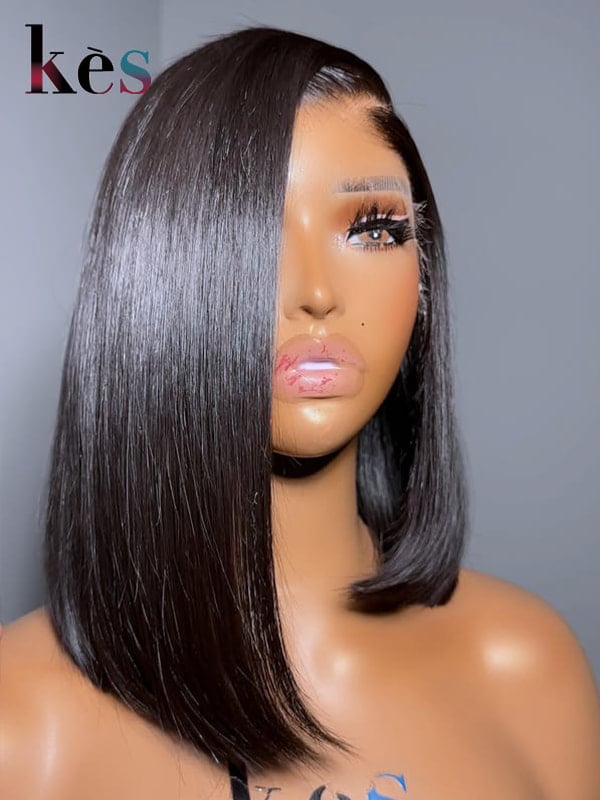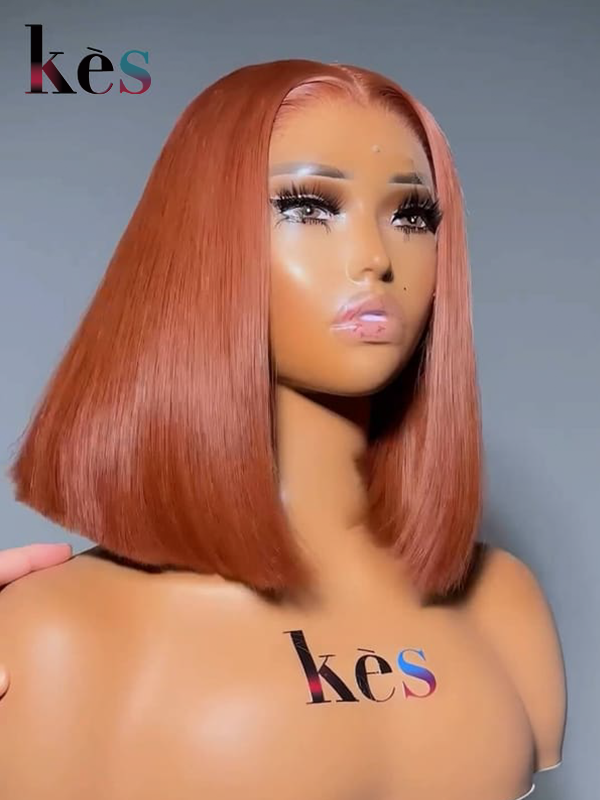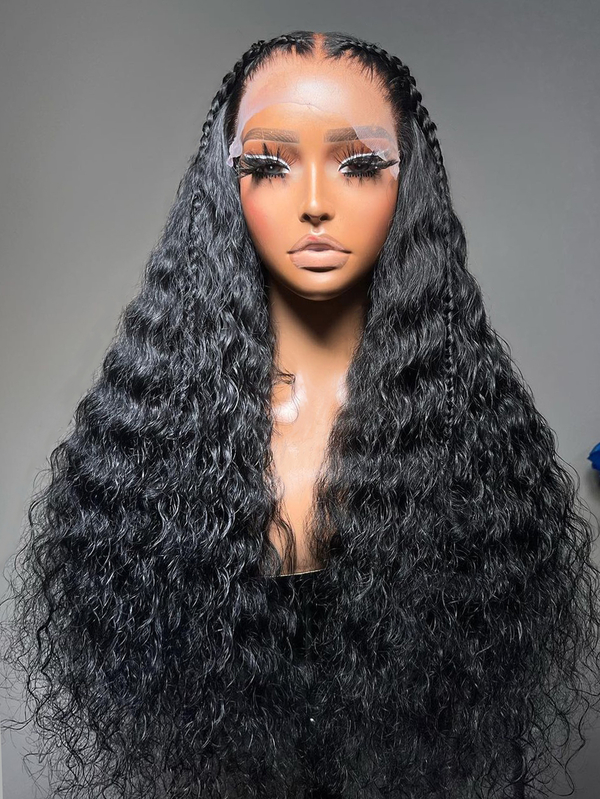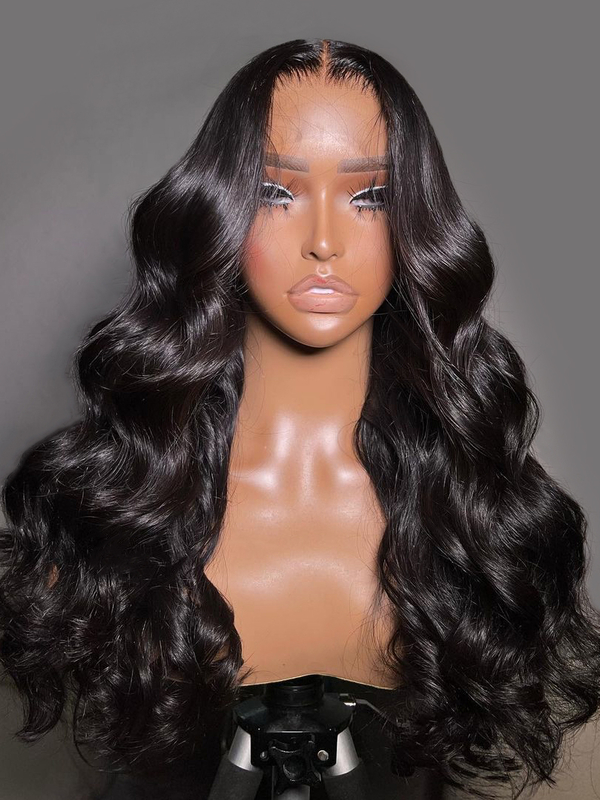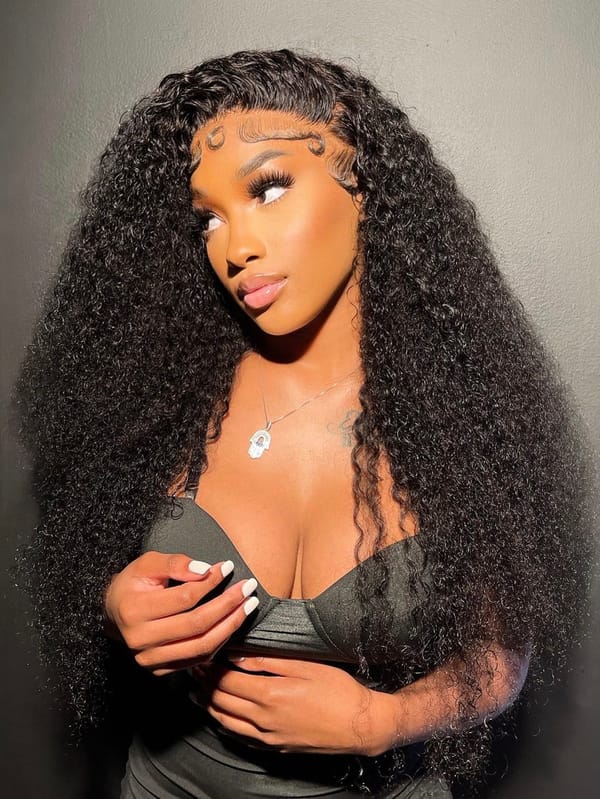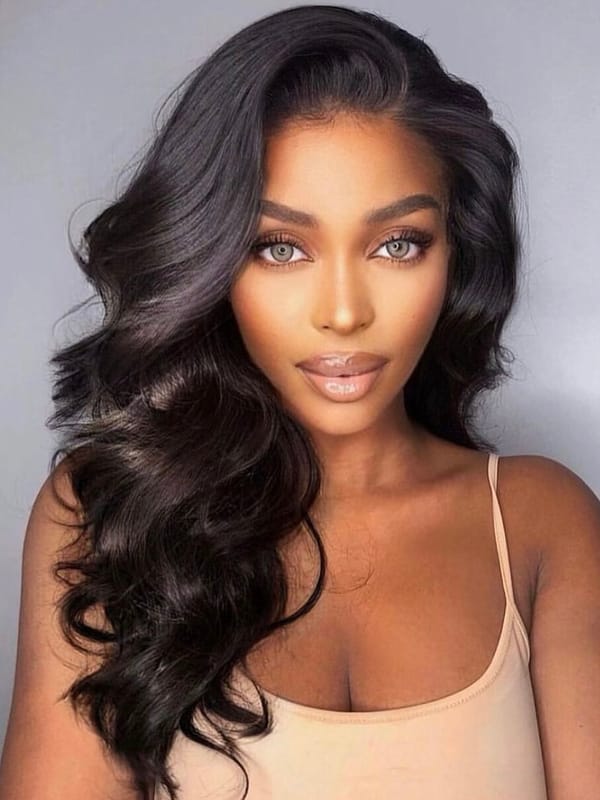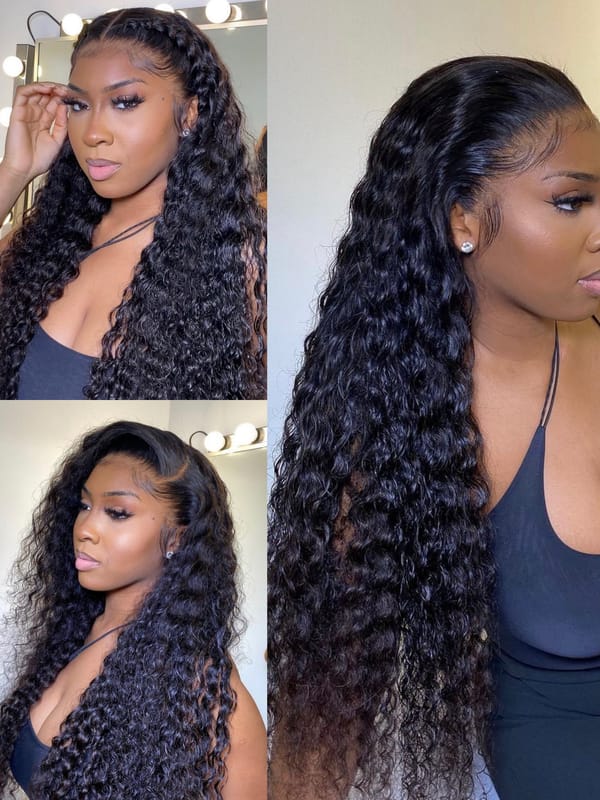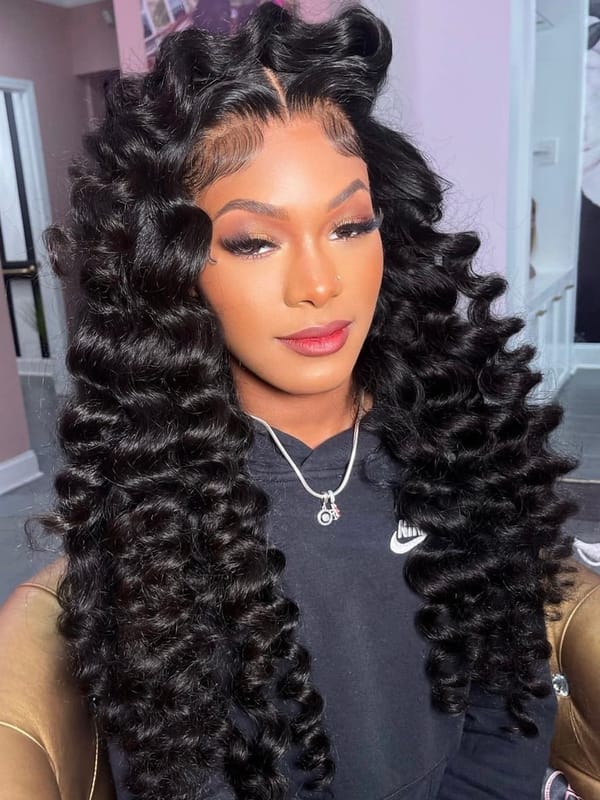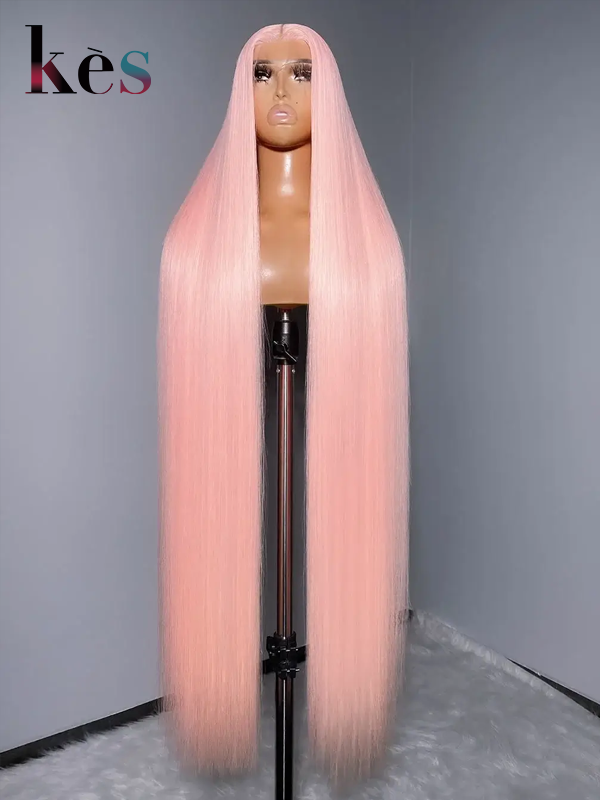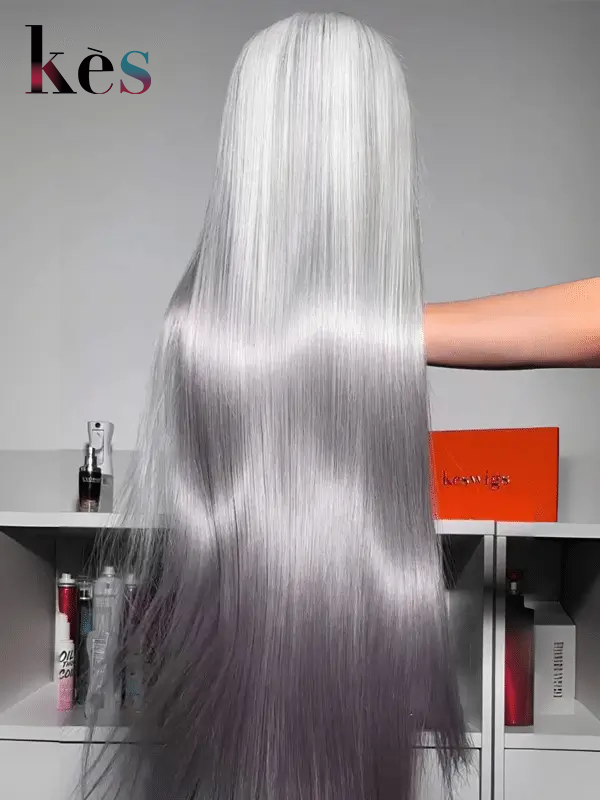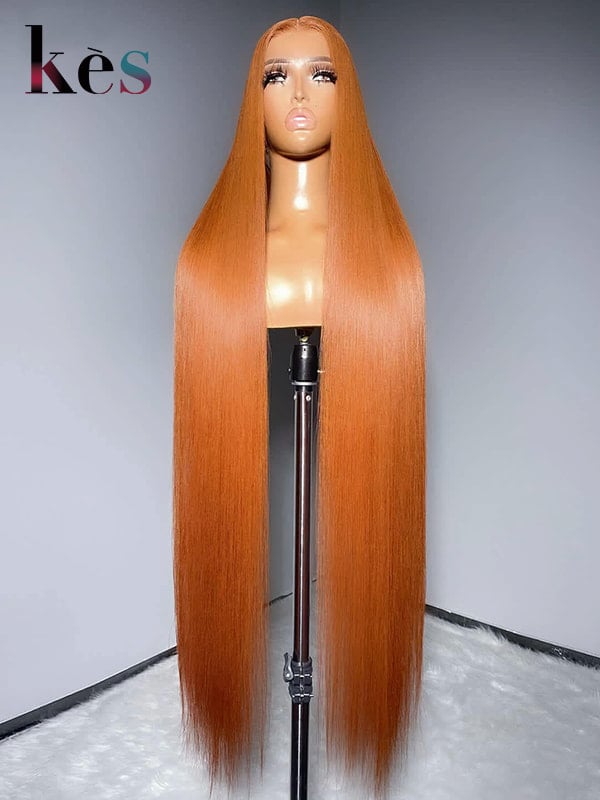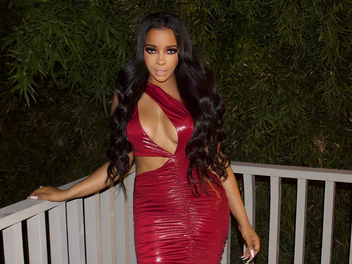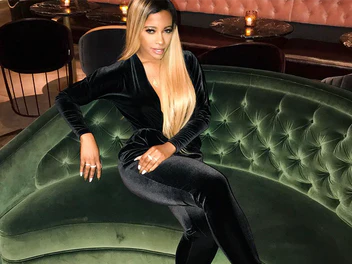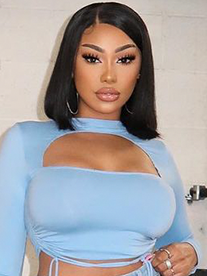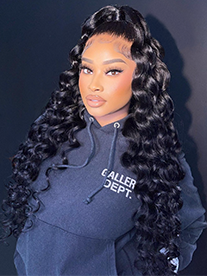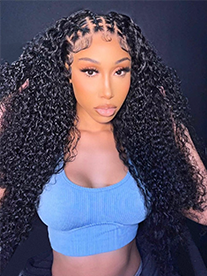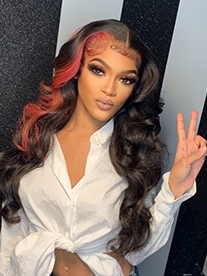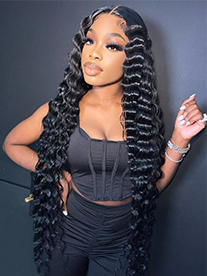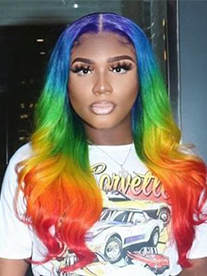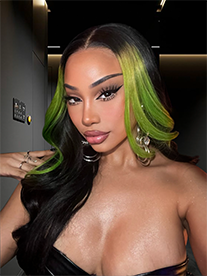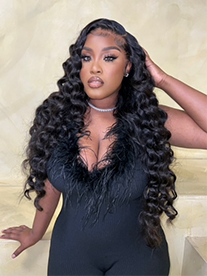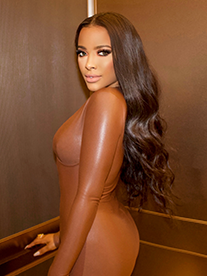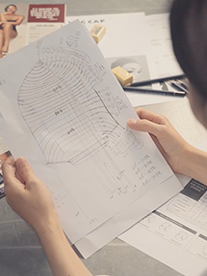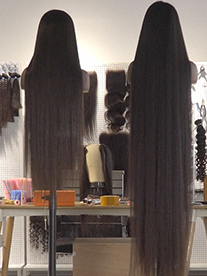Why Did Men Wear Wigs
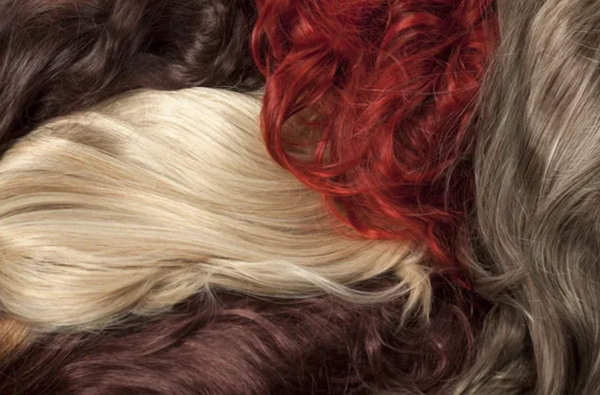
Wigs have been a fashion staple for centuries, worn by both men and women for various reasons. In recent decades, we’ve seen the stigma associated with men wearing wigs finally dying down. There is no shame in it, and people are becoming more open to presenting themselves however way they want. So, it is no surprise that a lot of men have started wearing wigs again.
I am Mako, a hair enthusiast who has been in the industry for several years. I know everything about hair—from the latest trends, styles, and especially wigs.
From here on out, I will be going in-depth as to the reason why men wear wigs. One might wear them to be more fashionable, to play a role, or to hide the baldness that many men face. But aside from those, we will also be going beyond the trends to see the psychology and historical importance of men wearing wigs.
Keep reading to learn more!
Why did men wear wigs?

Wigs had no gender during their inception. They were created as tools to help ancient Egyptian men and women go about their daily lives. Centuries later, however, it became harder for men to wear wigs as they slowly became associated with being a feminine accessory.
With how open and vocal our society has become, it is now easier for men to rely on wigs for many different purposes. Those suffering from male pattern baldness can choose to go fully bald. But losing hair can negatively affect the self-confidence of others.
While some men look good with a cleanly shaved head, it can be challenging for others who lack the bone structure to pull off the look. As a result, these men turn to wigs and toupees to gain back their confidence.
You can get your own hair system if you’re bothered by hair loss. A hair system is a custom-fit wig that is glued to your scalp and can typically last for months at a time. If you prefer a hair accessory that stays for a long time, you should opt for one.
History of wigs
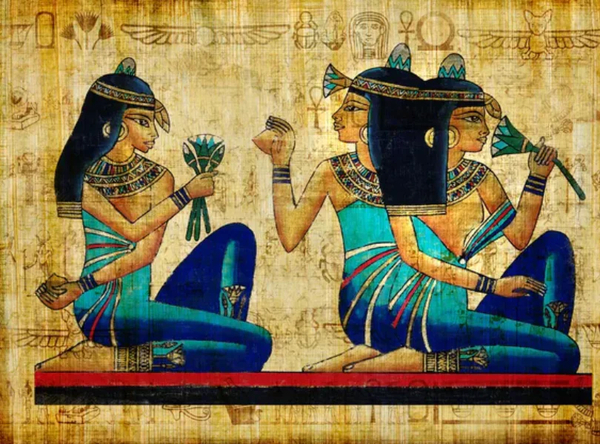
About 3000 years ago, the first wig was created in Egypt. Ancient Egyptians used these accessories to protect their heads from the scorching heat of the desert as they labored under the sun.
During the 1500s, wigs were worn by Europeans to cover up the harsh aftereffects of the syphilis epidemic, which is patchy baldness. Men and women alike would wear wigs to cover up signs of this disease. After extended use, they would return the wigs to the wigmaker and have them washed to get rid of the accumulated dirt, sweat, and even lice.
Years later, members of European royal families, like King Louis XIII of France, and King Charles II of England, started wearing powdered wigs. During this time, people saw wigs as a status symbol. As the wig trend took off, many men from the middle and upper classes started wearing wigs to show off their wealth and power.
Wigs in different cultures
Aside from Egyptians and Europeans, there were also other ethnicities and cultures that wore wigs in the past. Koreans had their own version of wigs called gache, which they wore as a sign of high social status among women. They would often adorn their gache with gold, jade, and silk. There are even hair accessories only used by members of the royal family.
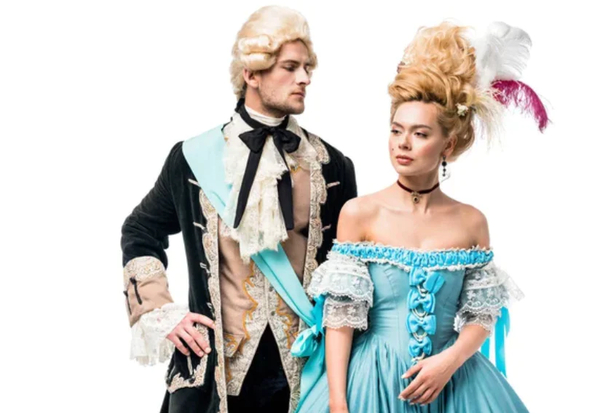
Wigs were also widely used in China and Japan. However, rather than being worn by royalty or those with high social status, they were worn by entertainers and performers in traditional theaters. A good example is a Japanese geisha.
Why did men stop wearing wigs?
As quickly as its popularity rose, the trend for men wearing wigs died down as they entered the era of enlightenment. In the western world, educated men saw that spending a lot on hair just to keep up appearances was ignorant. Wigs were also associated with aristocracy, which the new generation avoided, as the rich were despised and frequently subjected to the guillotine.
Another reason was that it became widespread for people to wear wigs to cover up their STD symptoms. All of these reasons combined led to the imminent decline in wig usage.
Why do men wear wigs nowadays?
In today’s society, the prevailing reason for men to wear wigs is to cover up their baldness and thinning hairlines. A condition called male pattern baldness or alopecia is the most common cause of baldness, affecting up to 30 to 50 percent of men.
Another market for men wearing wigs are those in the entertainment industry, like performers, actors, cosplayers, and drag queens.
Performers and actors wear wigs to protect their natural hair from the constant bleaching and coloring needed whenever they change roles. Cosplayers are people who like to dress up as characters from games and movies, usually animated. These characters often have hair colors that don’t occur naturally, like light blue, pink, or violet. Drag queens are male entertainers who dress up in female clothing. Apart from the extravagant clothing, they also wear makeup, and wigs.
FAQs
Why did men wear wigs in the 18th century?
People mainly wore wigs in the 18th century to hide their spotty hair loss due to syphilis. However, royalties such as King Louis XIII of France and King Charles II of England helped popularize them.
Who was the last president to wear a powdered wig?
James Monroe was the last President of the US to wear a powdered wig. George Washington did not wear wigs. Instead, he only powdered his hair.
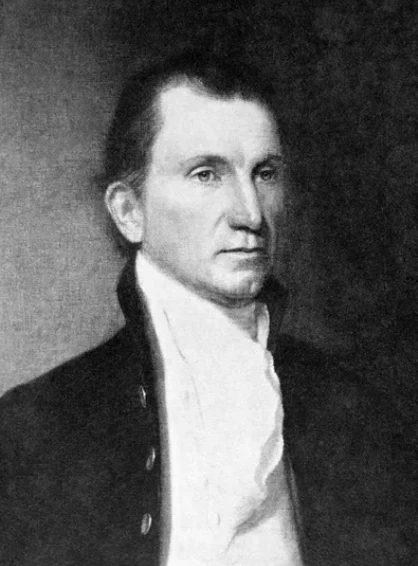
What did it mean for a man to wear a wig?
That would depend on the man’s location and time in history. 3000 years ago in Egypt, men wore wigs to protect themselves from the heat. In Europe, it started as a way for people to cope with the balding effects of the syphilis epidemic. In Korea, it was worn by royalties and people with high social standings. In China and Japan, they were worn for entertainment.
Why did our founding fathers wear wigs?
The trend of wearing wigs that influenced our founding fathers was initiated by King Louis XIII of France. As wigs were a trend between royalties, it was seen as a status symbol, and people who wore them were seen as the elites of society.
Outro
Wigs do wonders to help women and men look and feel more attractive. They give you a sense of freedom, allowing you to change your look and style without having to damage your natural hair. Whether it’s for a performance, an event, or simply to boost your self-confidence, it is empowering for both men and women to be able to change their looks or accentuate their features through wigs.













